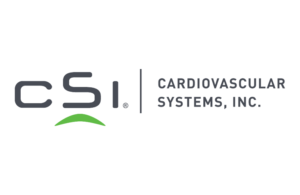 Cardiovascular Systems today announced the first in-human procedures using its Propel percutaneous ventricular assist device.
Cardiovascular Systems today announced the first in-human procedures using its Propel percutaneous ventricular assist device.
The first patients were treated at Piedmont Heart Institute and Cardiovascular Services in Tbilisi, Georgia by Dr. David Kandzari. The St. Paul, Minnesota-based company reported that Propel performed as intended and provided uninterrupted hemodynamic support leading to successful revascularization.
Cardiovascular Systems designed Propel for hemodynamic support for patients undergoing high-risk percutaneous coronary interventions (HR-PCI). It minimizes access site and procedural complications due to a small profile pump and smaller catheter body. Propel is percutaneously inserted and the blood inlet portion of the device is positioned within the left ventricle below the aortic valve and the outlet is positioned above the aortic valve.
“This is a novel pVAD system that enables a 12 French in-body pump with a 7 French in-body catheter. This reduction in size may reduce the clinical complications associated with high-risk procedures while providing the clinically necessary cardiac support for the patient. The lower catheter profile may also increase the potential for use in patients with challenging anatomy that exclude treatment with current therapies,” Kandzari said in a news release.
The company said that Propel was used at multiple support levels with a hemodynamic output and duration that was sufficient to maintain the stability of patients during HR-PCI.
“Today’s announcement is another important milestone for CSI as we seek to develop an exciting pipeline of new products designed to improve the outcomes for patients with coronary artery disease,” CEO Scott Ward said. “We appreciate Dr. Kandzari’s commitment and willingness to participate in these first cases. Conducting the first in-human cases outside the U.S. increases the confidence we have in Propel and furthers the development of this program. We continue to work closely with FDA, and the data from these cases will inform the design and conduct of an early feasibility study in the U.S.”

